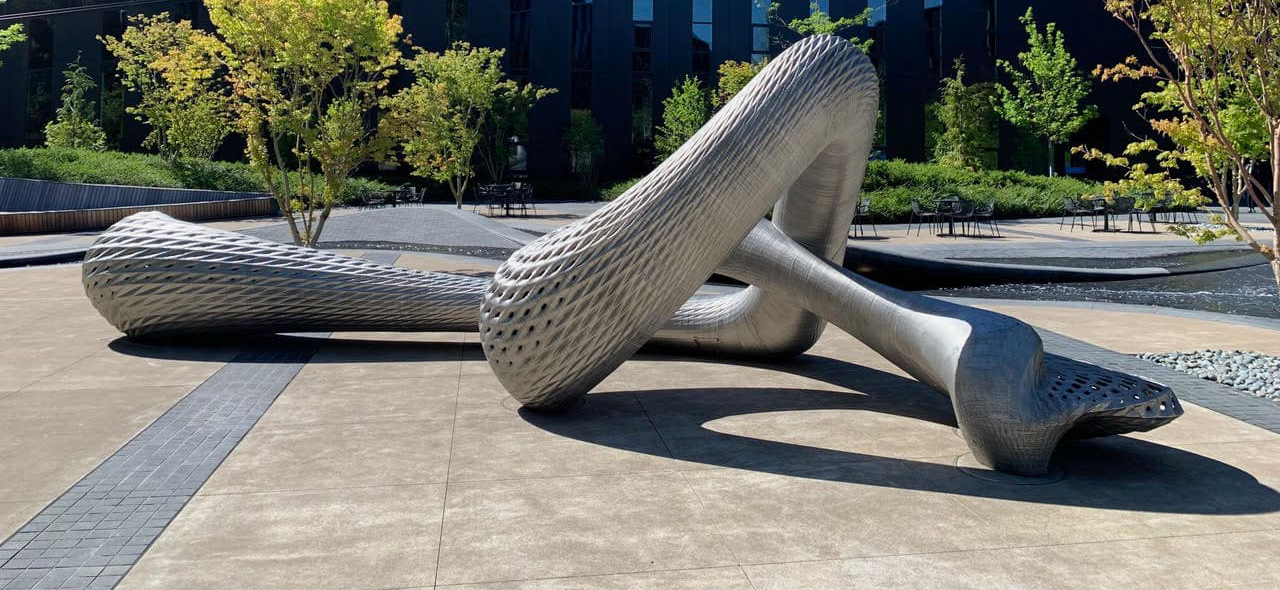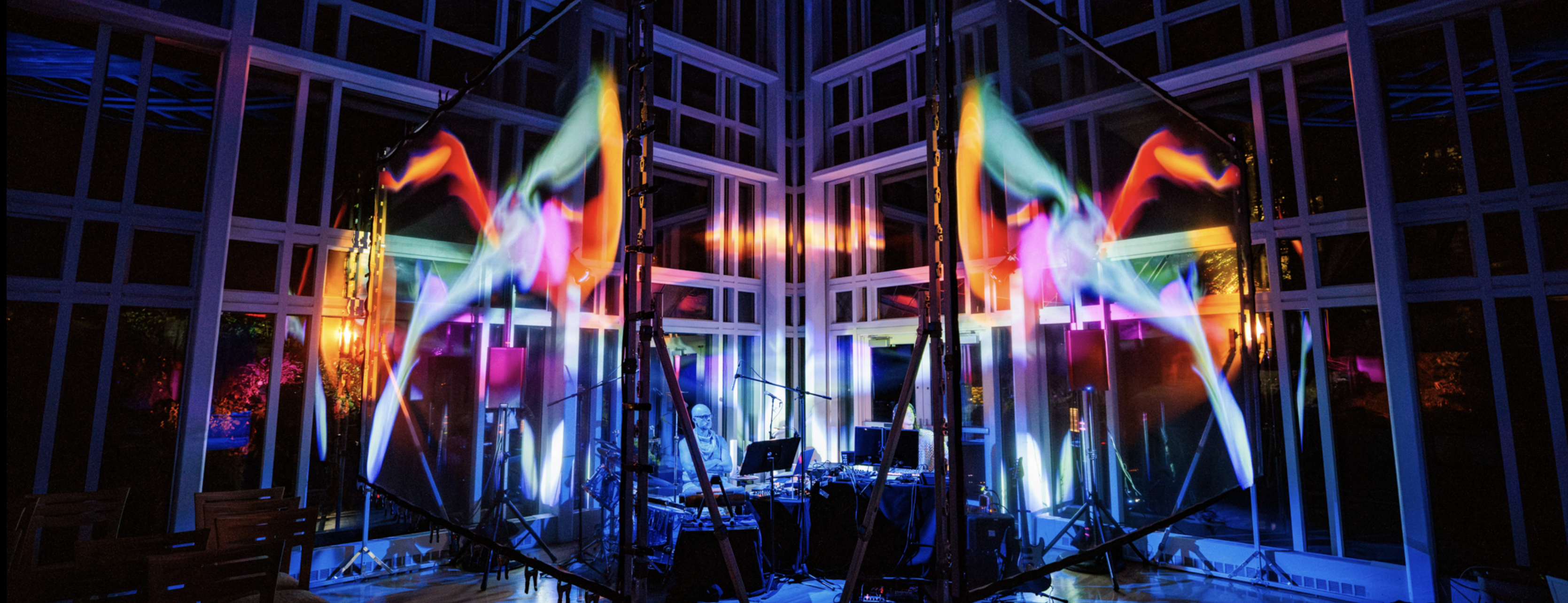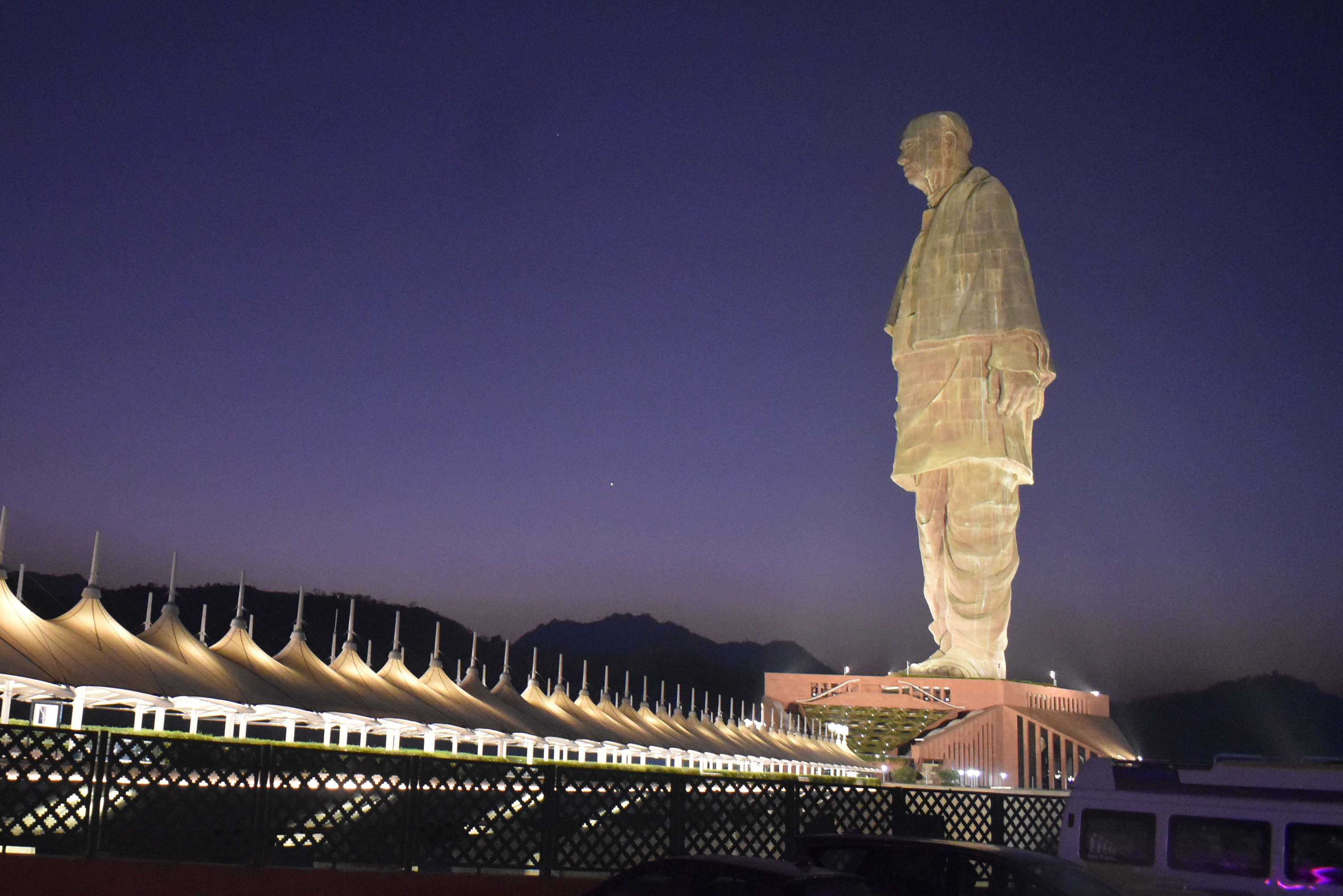Grand Rapid's ArtPrize: Culture, Economy, and Change
How a citywide art experiment became a powerful engine for economic growth, tourism, and cultural identity in Grand Rapids, Michigan.
When ArtPrize launched in Grand Rapids, Michigan, in 2009, it wasn’t just another art event. It was a civic experiment—part public exhibition, part economic strategy—designed to see what would happen when an entire city became a gallery. The brainchild of Rick DeVos, ArtPrize flipped the script on traditional exhibitions by opening participation to anyone: any artist, any venue, any visitor casting a vote.
In its first year, the event pulled in over 200,000 visitors and generated $5 million in local economic activity. Fast forward to 2023, and ArtPrize brought 714,000 people into the city, pumping $54.7 million into the local economy, supporting 434 jobs, and generating more than $215,000 in new tax revenue for Kent County. Restaurants and hotels alone raked in $16.7 million and $12.4 million, respectively.
“ArtPrize is like our Super Bowl,” said Rick Baker, President and CEO of the Grand Rapids Chamber of Commerce. “It doubles its impact on the community as local businesses reinvest the proceeds, creating a cycle of economic growth.”
This isn't just about economic metrics. ArtPrize has permanently shifted how people see Grand Rapids—both from within and outside the city. Known primarily as a manufacturing and furniture hub, Grand Rapids now carries a second identity: a city of art and culture. Public installations from past ArtPrizes dot the landscape, offering a year-round art experience that has helped brand the city as a creative destination.
“ArtPrize has changed the way people view Grand Rapids—not just as a manufacturing town but as a cultural destination,” said Kristin Armstrong, Director of the Urban Institute for Contemporary Arts."
The city’s creative rebrand mirrors global examples like the Guggenheim’s impact on Bilbao—where art catalyzed not just tourism, but civic pride. Grand Rapids did it without a starchitect, opting instead for a democratized art model that invites everyone to participate.
Of course, that openness comes with critique. Some argue that the public-vote format privileges spectacle over nuance, while others raise questions about who truly benefits from the economic surge. Critics have called for deeper engagement—more educational programming, facilitated public critiques, and formats that go beyond popularity contests.
But what can’t be dismissed is the power of visibility, of access, and of momentum. Grand Rapids’ transformation didn’t come from a single museum or institution—it came from consistent, citywide investment in the arts and an invitation for people to take part in shaping it.
“ArtPrize has proven to be a significant cultural and economic catalyst for Grand Rapids, making it an important model for how art can be a transformative tool for cities,” said David Abbott, Executive Director of the Fred A. and Barbara M. Erb Family Foundation.
In the end, ArtPrize isn’t just about who wins the vote. It’s about a city learning to see itself differently—through the lens of creativity, connection, and shared public space. It’s about how art, when embedded into everyday civic life, can move beyond decoration and become a true driver of economic power and cultural identity.
Top Image: Ubiquitous Horn Torus #1 by Gustavo Tovar is a kinetic sculpture that explores space, movement, and perception through shifting forms and materials.
This story is excerpted from an article originally published in the CODAworx Review: The Power of Public Art. Order now.
Do you have news, stories, or projects to share? We’d love to hear from you—reach out to editor@codaworks.com
More from CODAzine
Subscribe to CODAzine
Relevant posts
Get data and insights from CODAreview
Related Posts

Boston Art Unveils New Name and Brand: Meridian Art Consulting

.jpg?width=1200&length=1200&name=5e2f3de1c0137-shimmerfrommlive%20(1).jpg)








